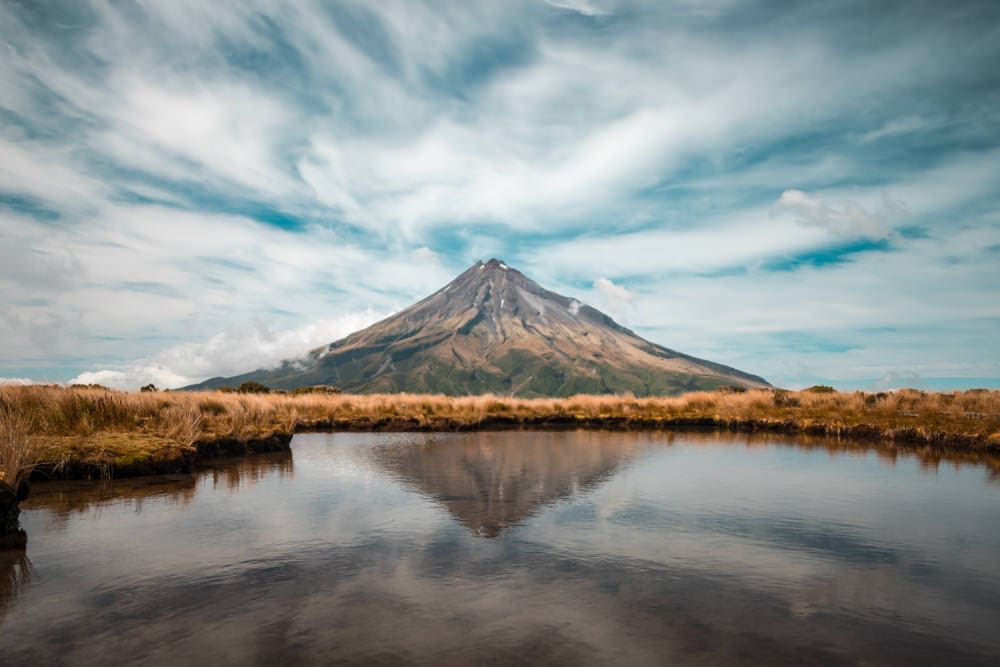
In a world increasingly governed by Western notions of progress, people can find the emerging rights of nature an alien concept. Since the founding of ancient Rome, we have safeguarded property rights: the ownership of land, people, capital, and resources. Even when such rights work against the common good. Or even, as with slavery, against the most basic principles of morality.
Property rights belonged to the people who had the money to buy them or the military power to claim them. Colonizers assumed the right to arrive anywhere and claim the land, uproot both people and nature, and take whatever they wanted. And as we celebrate them to this day, we are still agreeing with them.
A couple of years ago, I was waiting for an elevator with several men who were attending a conference on forest management. They didn’t look like park rangers, so I asked if they owned forests. “Yes,” one said. “Lots of forests.” They were private owners, not corporations. It’s likely the return on their investment came from logging.
There’s no doubt that the health of their forests was extremely important to them. I would have loved to ask, “How do you protect the rights of your forests to live out their ecological role?” I suspect they would have waited for the next elevator.
But I was surprised to discover recently that people in the environmental movement did not know what rights of nature mean. There’s a lot to think about these days, and it’s a small, new movement in a field crowded with urgency.
Many people credit Supreme Court Justice William O. Douglas with inspiring the movement. In his 1972 dissent in Sierra Club v. Morton, he wrote the following. [box quote] “The critical question of ‘standing’ would be simplified…if we fashioned a federal rule that allowed environmental issues to be litigated before federal agencies or federal courts in the name of the inanimate object about to be despoiled, defaced, or invaded by roads and bulldozers.”
He pointed out that other non-human entities — corporations, trusts, ships, for example — have standing in court through guardians.
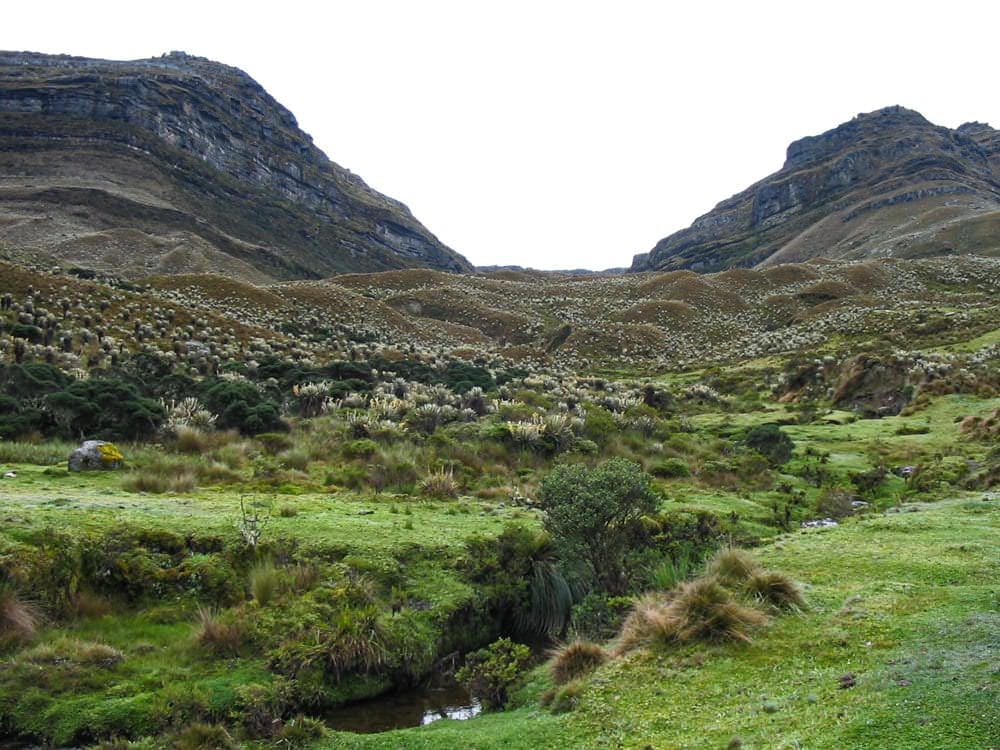
There were people ready to run with his idea. Citing Douglas, lawyer Christopher Stone, in his 1972 Should Trees Have Standing, was the first to explore the ramifications of these ideas. Thomas Berry introduced the phrase ‘earth jurisprudence’ and it was of paramount importance in his work. Starting in 1972, the UN issued a series of charters related to the human/Earth relationship.
The World Charter for Nature was written in 1982. The Earth Charter established in 2000. In 2008, Ecuadorians included rights of nature in their new constitution. Thirty thousand people from all over the world gathered in Bolivia in 2010. There was a massive celebration as the Universal Declaration of the Rights of Mother Earth passed.
More books and many papers have been written and active advocacy groups have formed. In the last few years, governments have granted such rights all over the world. The earth-centered beliefs and historically sustainable practices of indigenous peoples are finally returning to the fore. More and more people realize how badly the ravening dream of the West has damaged the world we depend on. The photos accompanying this essay are of places that now hold rights.
What moved rights of nature from a lonely dissent to a worldwide phenomenon, even if still a quiet one? This is the force of emergence, one of cosmologist Brian Swimme’s powers of the universe. These are the energies working in and through us that can teach us how to move forward. They are the births in the history of the cosmos, starting with its own.
Each power is both active and generative. The universe bursts into being and then creates the conditions for atoms to emerge. Atoms create the building blocks for eventual stars. The stars create the elements and gather into galaxies. “It’s radical,” Brian says. “There’s no galaxy, and then there’s a galaxy. Within the galaxies themselves, you have the birth of planets, at least one of which becomes alive.”
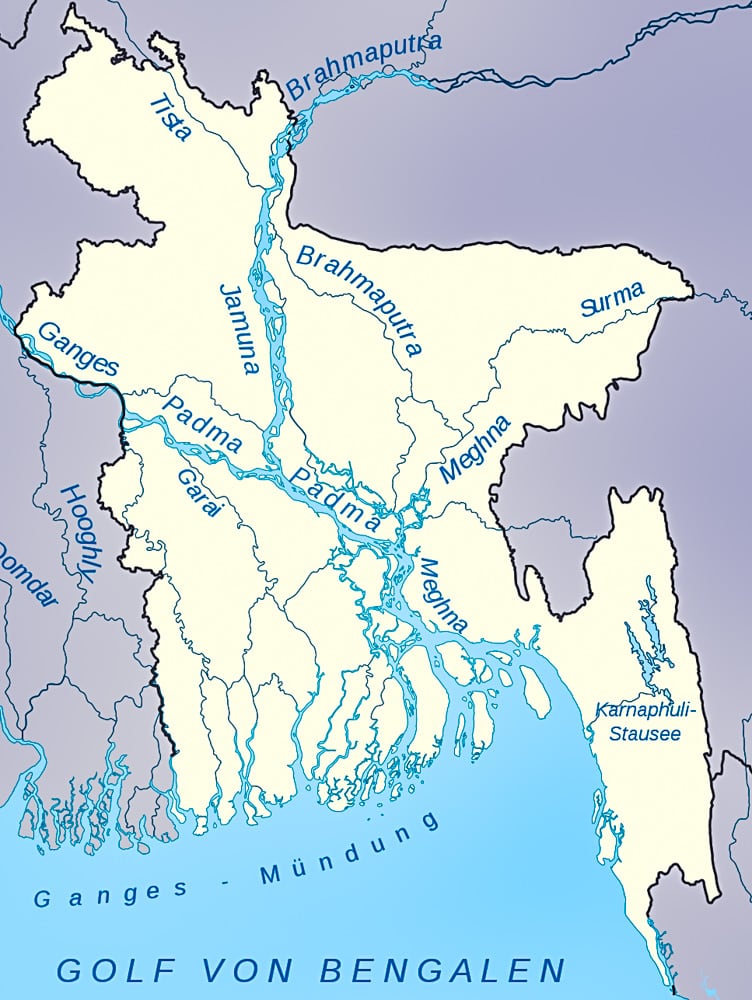
Carbon is an excellent example, since — especially to us carbon-based life forms — there is no more important molecule. In the beginning, there was no carbon, so no chance of life as we know it. The emergence of the universe itself gave us hydrogen and helium, which gave us stars.
Then, in the 100 million degrees of the early imploding stars, there was enough heat to fuse helium nuclei into carbon. As the stars collapsed, “suddenly carbon is flooding into the universe by the trillions a second.” For billions of years, carbon powered emergence after emergence, allowing all the species we share Earth with to come to life. “The universe is always seeking a new domain of emergence.”
Both processes and forms emerge. The earliest single-cell life forms became multicelled eukaryotes. They needed hydrogen. As they took it from water, oxygen was released into the atmosphere until it became too toxic for life.
The process of photosynthesis emerged, allowing cells to use oxygen for fuel. From that emerged the great flowering of life on Earth. It’s a long, slow, deeply generative process. “The power of creative emergence involves groping, profound confusion. Millions of years of living with ambiguity. One idea isn’t good enough. You need millions of ideas. See which one finally takes off. That’s the nature of creative emergence.”
As my title suggests, emergence is the process of becoming, and we are becoming the power of emergence. We have turned into the equivalent of a geological force. Capable of altering the atmosphere, changing the chemistry of the oceans, forcing extinctions. So we need to think about our role in and as this great power.
If we create planetary conditions that we can’t survive, we will turn out to be one of the universe’s unworkable ideas. In which case, the creative and generative powers of emergence will eventually sweep past us as Earth rescues herself. If she survived 100 million years of meteor bombardment as a young planet, she will survive us.
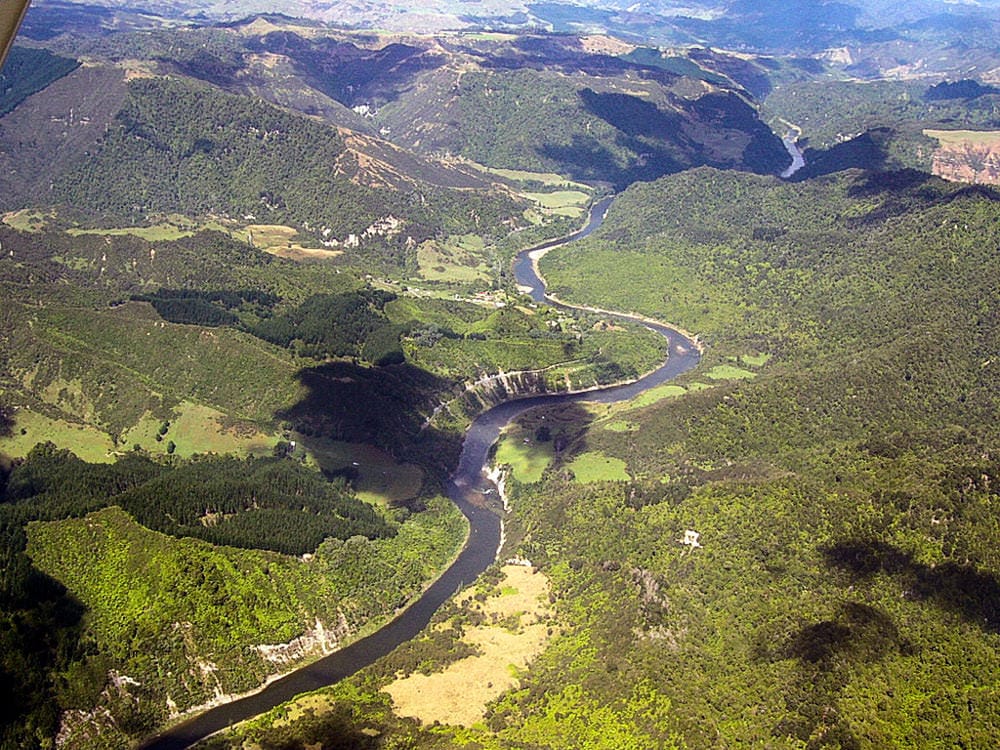
But that can’t be what the cosmos is seeking. If the wild abundance of life on Earth tells us anything, it’s that we live on a planet dedicated to creating life. Ideas can seem unworkable and yet lead to new and flourishing forms. Eukaryotes and photosynthesis didn’t just show up one day. They were the end product of eons of experiments.
The same happened with Homo sapiens. We are the survivors of many hominid experiments that didn’t last into our era. Let’s begin, Brian suggests, “with the assumption that creativity engulfs the whole universe and each of us. It’s not a question of becoming creative. It’s a question of enabling the creativity that’s already suffusing us to proceed more effectively.”
“And here is the amazing thing. The creativity knows what it’s about.” The experiments may be many, but they are not random. The cosmos went from the initial expansion of atoms to their coalescence into stars. Then to the gathering of galaxies and the birth of planets. Always an emergent force with a drive toward creative order. That’s not to say the process is orderly. Far from it.
“Emergence requires the softening or destruction of the order of the previous era.” Part of our distress in the present moment is the difficulty of living with the chaos that we have precipitated. Now, “our task as a planet and species is to reinvent the major forms of the human presence. It’s an activity that involves the entire earth, not something humans are in charge of. We are part of a process that goes back to the beginning of time.”
This is one of my favorite ideas: that we are energy from the beginning of time. We’re not only a result of these deep creative processes; we embody them and bring them forward. “It’s a single energy that begins 13.7 billion years ago and sweeps through to our moment. It’s complex, but it’s one process. So when we talk about moments of creative emergence in the past, we’re talking about the energy that we are in the present.”
Far from feeling adrift on a lonely planet, this makes me feel “rooted in the very fireball.” Grounded in the ancient yet present energy that brought me into being.
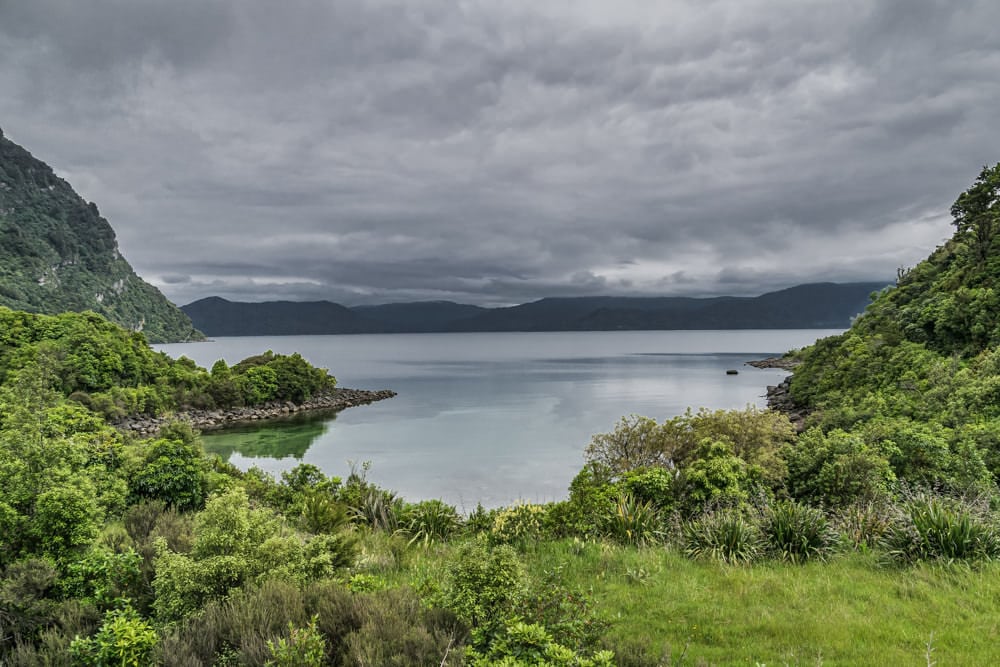
This doesn’t save me from the tension and grief our current state inspires. But it gives me an underlying faith in our own creative process. We are part of the cosmic forces calling for ever more life. We are exploring ways out of the quagmire. Finding new roles and tasks in the emergence of a healthy human/Earth relationship.
“The great discovery of the 20th century is that the universe assembles itself.” Atom by atom, element by element, cell by cell: the cosmos has been a flow of ceaseless creation. There’s been plenty of havoc. Cataclysm is also one of the great powers. But from the destruction of one form emerges the creation of another.
In moving from the mayhem we have caused to a new presence on earth, we enter this ingenious and prolific force. A sustainable economy, different forms of education, more just and equal governance. These tasks cry out for our energy, faith, and creativity.
From the beginning, the cosmos has continually transcended itself. Our very yearning for and dedication to a better world is part of that push. Learn to cherish this yearning, Brian suggests. “Think of it as your personal invitation from the universe to be involved with creative emergence.”

Top photo is Mount Taranaki in New Zealand. Photo by Yoann Laheurte via Unsplash.
All Powers of the Universe essays can be found HERE.
~ RELATED POSTS ~

Imagine a river taking her case to court. Arriving in her smooth, flowing robes, reflecting the blue of the sky, a shimmering train brushing the floor as she walks. Her tone holds great authority. It would be impossible to ignore what she says. And we all know exactly what she would say…
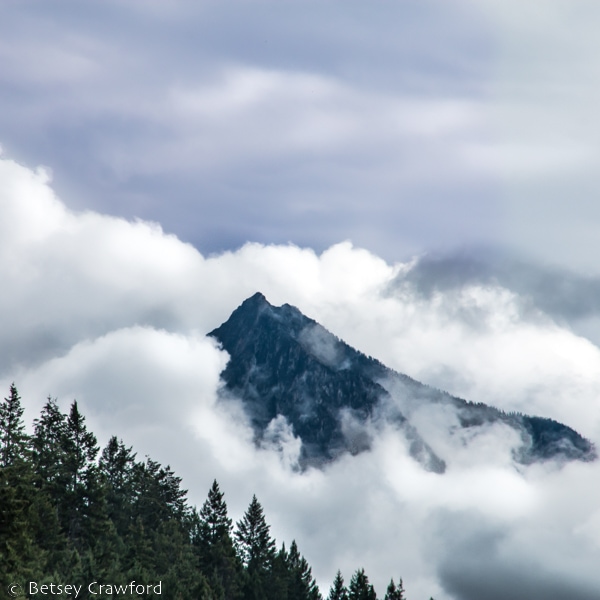
In 2008, Ecuador enshrined the rights of nature into its constitution, affirming that nature has the right to “exist, persist, and… regenerate its vital cycles, structure, functions and its evolutionary processes.” Where we stand on this profound shift may well depend on how we see the mountain pictured here.

BLESSED UNREST: THE PACHAMAMA ALLIANCE
The dream shapes the world, the Achuar people told John Perkins and Lynne Twist on their visits to the Ecuadorian rainforest. They asked for help to save their lands, the heart and lungs of the planet. The Pachamama Alliance was born. The rainforest was changing the dream, calling in her helpers.
Betsey, I really am always inspired by your writing. You have thoroughly imbibed Brian Swimme’s teachings, and present the gist of our evolutionary story with such power and grace. Bravo!
I wonder, have you heard of the Green Amendment Movement? There is a book by Maya van Rossum called Green Amendment for the Generations. “The goal of the Green Amendments For The Generations initiative is to advance a Green Amendment movement that sweeps the nation and secures for all people constitutional recognition and protection of their inalienable rights to clean water, clean air and healthy environments.” Maya’s experience is with a Green Amendment in her home state of Pennsylvania, where they had considerable success stopping fracking.
Maya van Rossum is coming to Vermont at the end of March to start a movement here. She is already working in Maine with the same goal. The book is well-written. Perhaps you will take a look at the website, and if it speaks to you, buy the book. Maya is very eager to engage with people in every state who want to work to create a Green Amendment in their state.
BTW, my invitation to you to come to our Sanctuary in Vermont for a few days is still open!
warmly, on this coast,
Caitlin Adair
Thank you so much, Caitlin. I’ll definitely check into the Green Amendment Movement. Love that idea! And will definitely show up at you sanctuary if life takes me to Vermont.
Beautiful! Tweeted. ❤️ ? ❤️
Ah, both are wonderful.
I wanted to share this with you: https://wordpress.com/post/whatifitwassacred.com/3928
Warm Regards, Ellen
The website is wonderful!